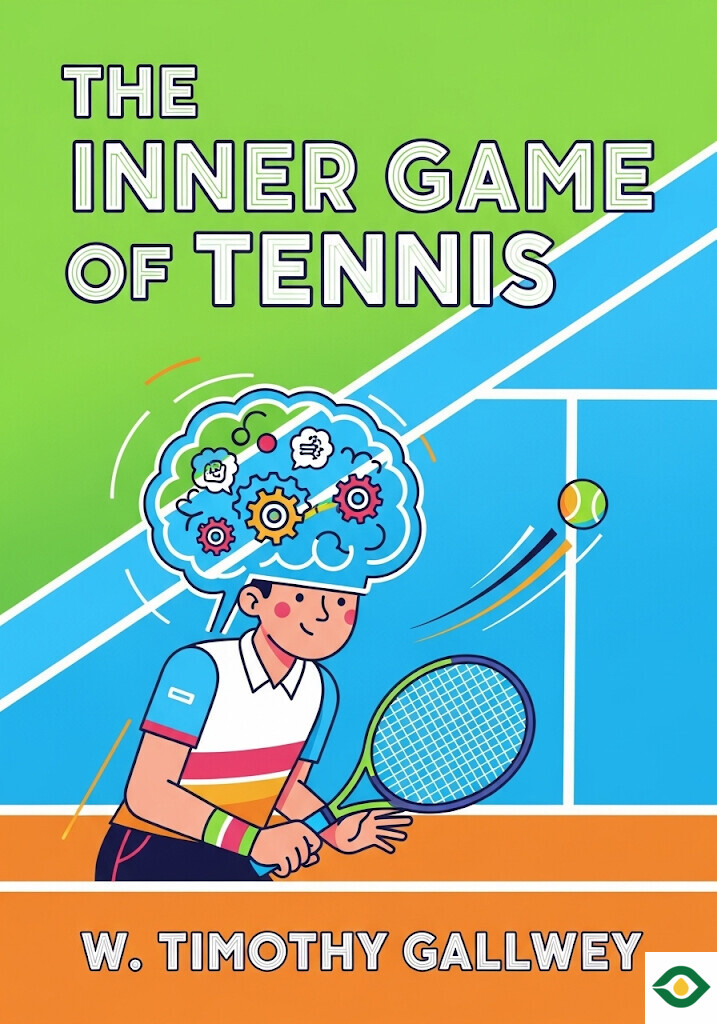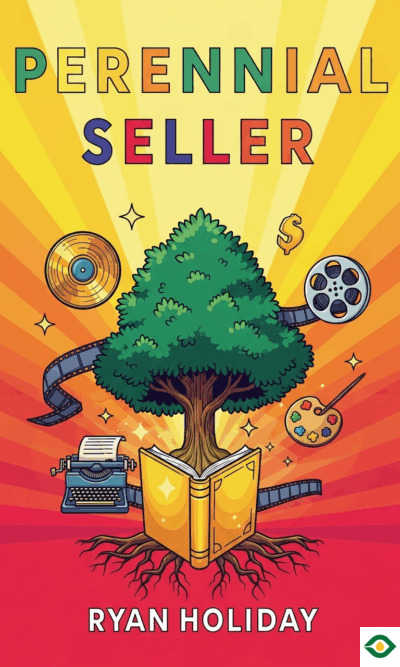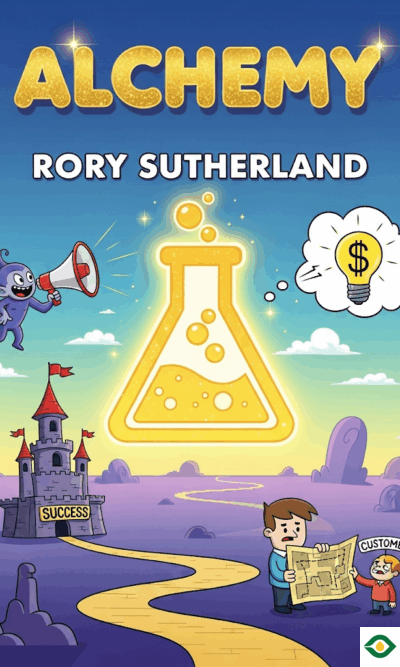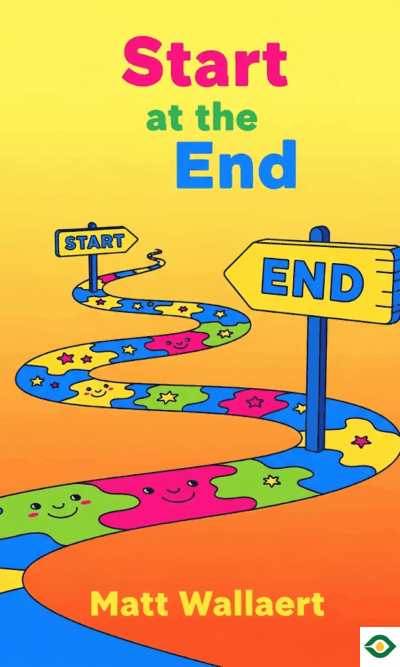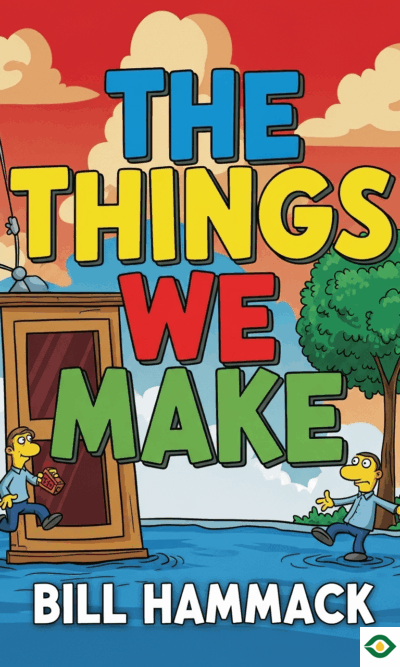Description
Winning in sports and in life is not only about skill, practice, or strategy. It is about mastering the battle within yourself. The Inner Game of Tennis explains that the biggest obstacles are not always across the net but inside your mind. Doubt, fear, overthinking, and constant self-judgment create invisible walls that block progress. When you quiet these inner distractions and allow your natural abilities to flow, performance rises to its highest level.
The book introduces two versions of the self. Self 1 is the conscious mind, always analyzing, criticizing, and trying to control every move. Self 2 is the unconscious, the part of you that actually knows how to swing, how to breathe, how to move gracefully without being told. Success comes from trusting Self 2 more and letting Self 1 step aside. This inner balance is the foundation of what the author calls the “inner game.”
Think about watching a child learn. A child does not spend time analyzing whether each move is right or wrong. They simply observe, imitate, try, and adjust naturally. Adults, however, often interfere with learning by judging themselves too quickly or trying to follow strict rules. That judgment turns learning into stress and makes natural improvement harder. The lesson is simple: we learn and perform best when we allow experience to guide us instead of letting our inner critic take over.
In tennis, this means quieting the voice in your head that says, “Don’t miss this shot!” or “Why are you always messing up?” That voice, coming from Self 1, creates tension. The body tightens, the mind grows anxious, and the stroke loses fluidity. But when you allow Self 2 to act without interference, movements become smooth, effortless, and instinctive. The game starts to feel natural rather than forced.
Peak performance often comes when the mind is quiet and focused only on the present. Players describe it as being “in the zone.” Time slows down, judgment disappears, and the body reacts automatically with precision. To enter this state, the conscious mind must release its grip. Instead of telling yourself what to do, it helps to simply watch the ball, notice its spin, its bounce, and its flight. By observing without judgment, you give your unconscious self the freedom to adjust naturally.
This approach works far beyond tennis. Life itself is filled with inner games. In business meetings, job interviews, or creative work, the same battle appears between trust and self-doubt. The key is learning how to keep focus on the moment instead of being trapped by worry about the future or regret about the past. When you give your attention fully to what is happening now, performance improves and pressure fades.
Trust is at the center of this philosophy. Just as a manager must trust a capable team to do their job without micromanagement, you must trust your own unconscious mind. Your body already knows how to breathe, balance, and coordinate thousands of small movements. By trying to control it too closely, you interfere. When you relax and trust, actions often become more precise. For example, forcing yourself to “try harder” on a tennis serve often leads to stiffness and mistakes. But letting go, swinging naturally, and trusting your body usually produces a better result.
Focus is another major element. Self 1 will never disappear completely—it always wants something to do. The trick is to guide it gently rather than let it interfere destructively. You can focus it on the ball’s bounce, the sound of the racket, or the rhythm of your breathing. Giving Self 1 a harmless task keeps it occupied, allowing Self 2 to handle performance. This type of focus is calm and curious, not tense or judgmental.
Learning also transforms under this method. Traditional teaching often emphasizes rules: “Do this,” “Don’t do that,” “Keep your wrist firm.” But the most powerful learning comes from experience—trying, observing, and adapting. Just as children naturally master languages and skills by engaging with them, adults can rediscover this style of natural learning. Instead of forcing a rigid technique, experiment until you find what works for you. Sometimes the “wrong” style may actually be the best style for your body and personality.
This form of learning is called implicit learning. It happens without heavy analysis or conscious effort. Imagine learning to dance. You could take step-by-step lessons and think carefully about each movement, or you could watch others, start moving, and let your body adjust. The second path often leads to greater rhythm and joy. In the same way, trusting your unconscious mind allows faster, deeper, and more enjoyable progress.
The philosophy extends beyond sports into how you live life. Many people carry the weight of competition and judgment into everything they do. They measure themselves constantly against others, worrying about approval or fearing failure. But real growth comes from competing with yourself, not from hoping others stumble. Sports, work, and art are not wars. They are challenges that allow you to test yourself, discover your abilities, and grow stronger.
When you release the need for judgment and control, you can rediscover playfulness. Games become fun again. Challenges become opportunities. Even competition transforms: instead of crushing your opponent, you focus on stretching your own limits. Surfers, for example, take on the hardest waves not just to beat each other but to push their own skills higher. The joy is in the experience itself.
This mindset is valuable in every field. In business negotiations, staying calm and present gives you strength. In creative work, trusting your instincts often produces more original results than following rigid formulas. In relationships, letting go of control and listening openly creates deeper connections. The principles of the inner game remind us that our biggest victories happen when we conquer fear, quiet the inner critic, and allow our true abilities to shine.
The essential message is that success is about harmony between your conscious and unconscious selves. Self 1 should not bully Self 2 but instead step back and allow it to do what it already knows. When these two selves work together rather than against each other, performance feels natural, enjoyable, and effective.
To practice this in daily life, try small experiments. Next time you face a challenge, instead of tightening up and commanding yourself, take a breath and trust your instincts. Pretend you are already a professional and step into the role with confidence. Focus on what is happening now, not on what might go wrong. Watch, listen, and feel, without judgment. Let your actions unfold naturally.
In the end, The Inner Game of Tennis is not just about tennis. It is about a way of living. It is about freeing yourself from constant inner noise, finding trust in your natural abilities, and enjoying the process of growth. Whether you are an athlete, a professional, or simply someone seeking more peace in life, the lessons of the inner game can help you discover your best self.

